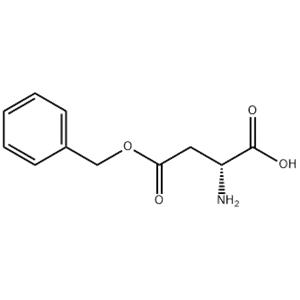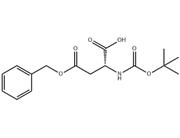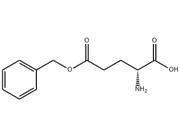Biochemical Research: In biochemical research, H-D-Asp(OBzl)-OH serves as an important building block for the synthesis of peptides and proteins. Its specific structure allows researchers to explore the role of aspartic acid and its derivatives in biological systems. This understanding can lead to insights into cellular processes, protein interactions, and disease mechanisms.
Drug Development: The use of H-D-Asp(OBzl)-OH in drug development is significant. It can be conjugated with other therapeutic agents to create novel drugs that target specific diseases. The aspartic acid moiety of H-D-Asp(OBzl)-OH can interact with biological receptors or enzymes, modulating their activity and leading to therapeutic effects. Material Science: In the field of material science, H-D-Asp(OBzl)-OH can be used as a functional group to modify the properties of materials. Its incorporation into polymers, nanoparticles, or other materials can alter their biocompatibility, biodegradability, or other physicochemical properties, making them suitable for specific applications such as tissue engineering or drug delivery. Peptide Synthesis: H-D-Asp(OBzl)-OH is often used as a protected amino acid in solid-phase peptide synthesis. The benzyl (OBzl) group acts as a protecting group, allowing for controlled incorporation of aspartic acid into peptide sequences. This controlled synthesis is crucial for obtaining peptides with desired biological activities.
| 
 China
China



